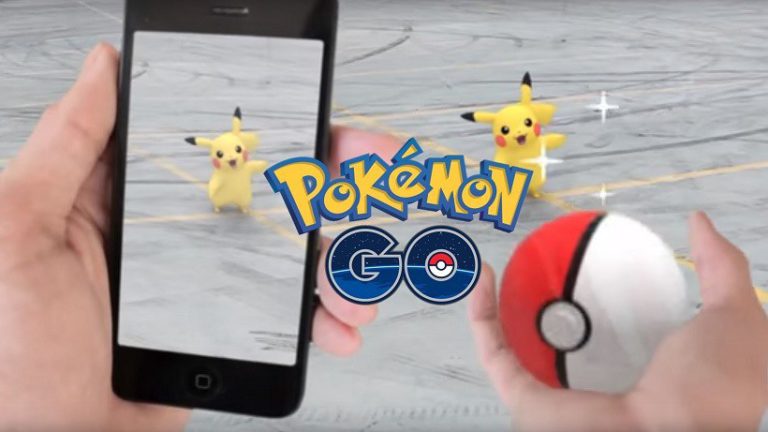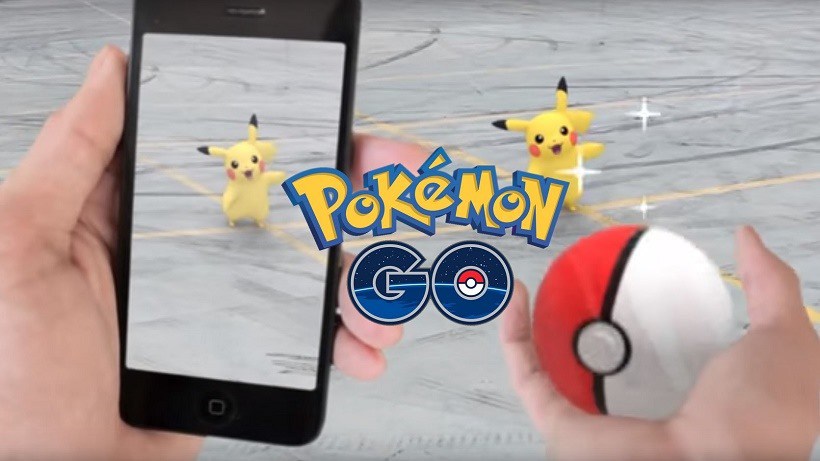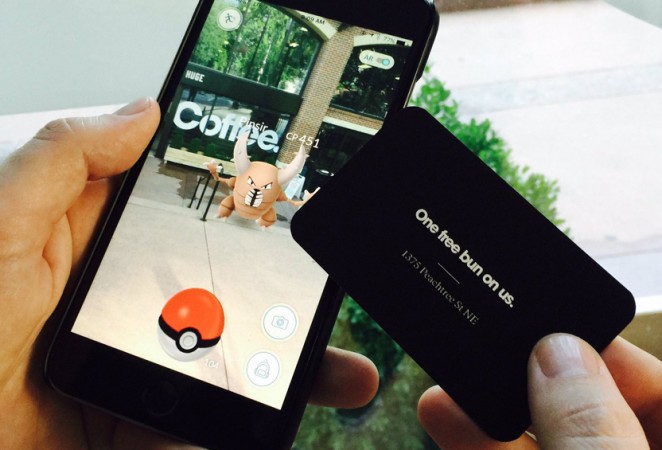
Pokémon Go
is still going strong. Having hit the UK markets only last week, the consistent popularity of the mobile game looks like it’s here to stay for a while… if the number of people wandering around in parks glued to their phone is anything to go by.
In just a couple of weeks since mobile game Pokémon Go was unleashed on an unsuspecting world, Nintendo’s share price has more than doubled.
For an embattled company whose very future was in question until recently and which only holds a 32 percent stake in The Pokémon Company, its current commercial prospects are remarkable. And for Niantic Labs – the little-known producer behind the game – a bright future beckons.

But these aren’t the only two parties gaining from the Pokémon Go craze. With more than 10 million downloads already, attention is starting to turn to the potential business benefits for others. Barely a word has been spoken about Pokémon Go’s business model but brands are already looking for ways to ride the wave.
Ride-sharing service Lyft is offering $15 rides to Pokémon’s prime locations, while mobile telecommunications provider Sprint is luring monster-catching users to its stores.
These are just some examples on how to capitalise on the app. But what does this mean for your business in terms of Pokémon Go and how could the app develop to become a more meaningful marketing platform?
Location-based marketing
Pokémon Go
adopts many facets of location-aware branding, all at once. The fact that the action takes place on Google Maps (essentially) is the key to its success, along with offering business opportunities to various places of interest. Businesses can jump on board the app’s success and leverage their existing position by signposting themselves as a PokéStop, a place where Pokémon like to hang out.
You can purchase a lure module, which attracts Pokémon to remain at a PokéStop for 30 minutes. Creating an assembly place for the little blighters can turn your premises into a must-visit location and pretty much guarantee valuable traffic to your venue, converting their pit stops into paid custom.
And businesses can now offer to sponsor locations, converting stores into either a gym (where users can battle) or a PokéStop, where players can collect more Pokémon, confirmed Niantec’s CEO John Hanke last week.
Contextual retail targeting
It may sound surreal, but if you’re a retailer looking to drum up trade, this business strategy proposed by Pokémon Go could be a useful addition to your playbook.
Not only can brands benefit from becoming monster-collecting zones but they can incentivise Pokémon Go players and offer flash discounts in store. Some are maximising on that 30-minute lure opportunity by offering a 20 percent reduction on key products for Pokémon players, knowing that the offer is likely to draw multiple customers thanks to the game’s popularity and competitive aspect.
The key here is to match suitable retailers to the game’s player profiles. At the moment, video gaming stores seem like the perfect place to lure novice Pokémon punters but it’s not long before they’ll branch out to bigger destinations, like shopping malls.

Hide Pokémon in plain sight
To really capture consumer interest, brands need to align themselves with gamers and offer them the chance to collect manga-style monsters that don’t really exist.
Pokémon Go has the power to use digital to encourage consumers to act valuably both online and offline.
Once the dust settles, Niantec could choose to prolong the game’s success by using automated content recognition and reengage consumers through TV ads or other media. Pokémon Go’s optical augmented reality could be configured through various ad spaces, setting them as triggers for users to collect key Pokémon – something brands could highlight further by mobilising consumers. They could also encourage players to point the camera at product packages to unlock various in-game assets.
Such action requires real engagement from brands so that it is a genuine partnership that will allow players to continue pursuing their gaming goals undisturbed.
Pokémon Go is still in its first round. In the weeks and months ahead, I’m sure we’ll see different sorts of weird and wonderful commercial adaptations surrounding this buzz. Just like the Pokémon themselves, the strategies will evolve over time. Never underestimate the power of Pikachu and his friends – you could benefit from their commercial exposure.